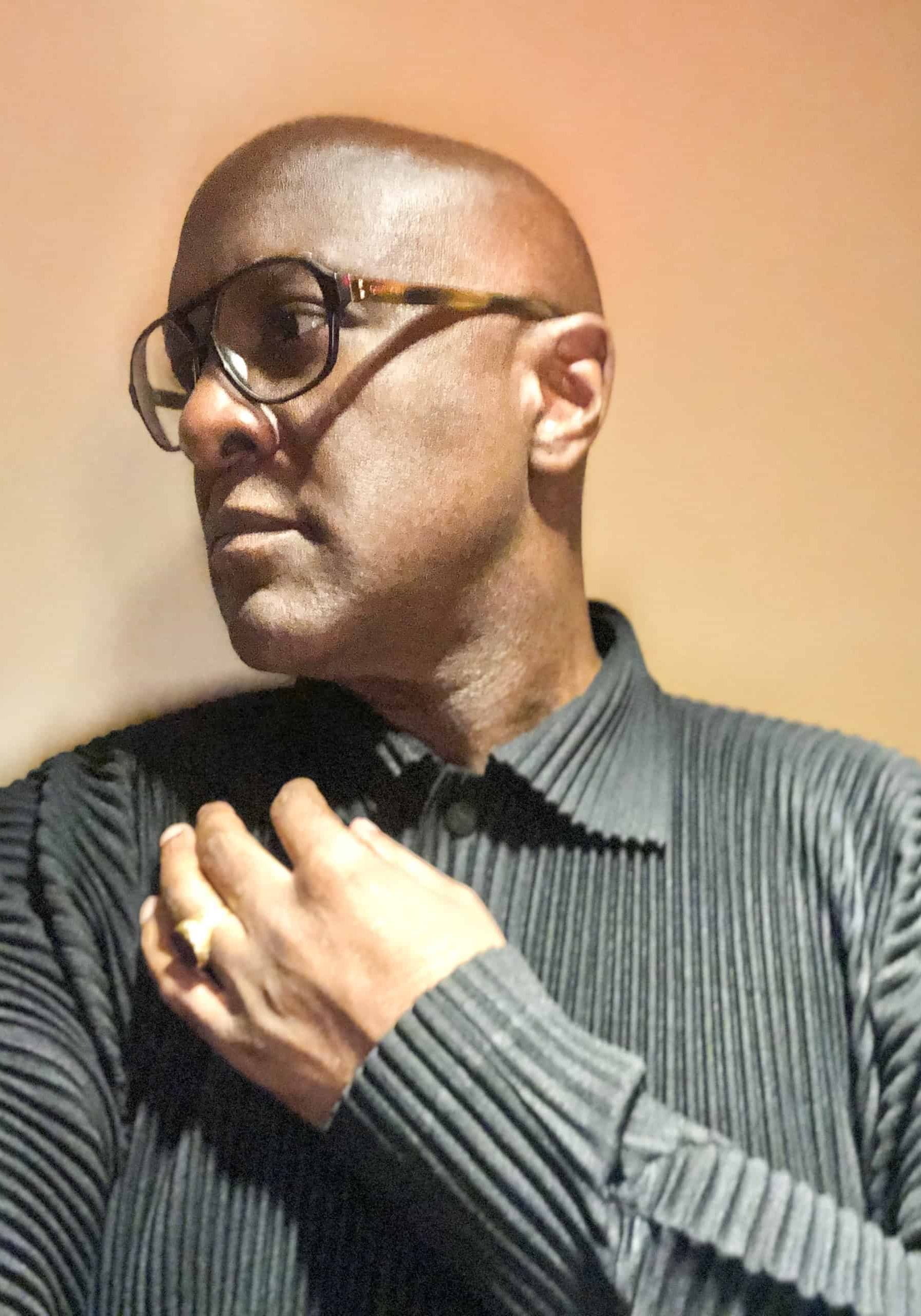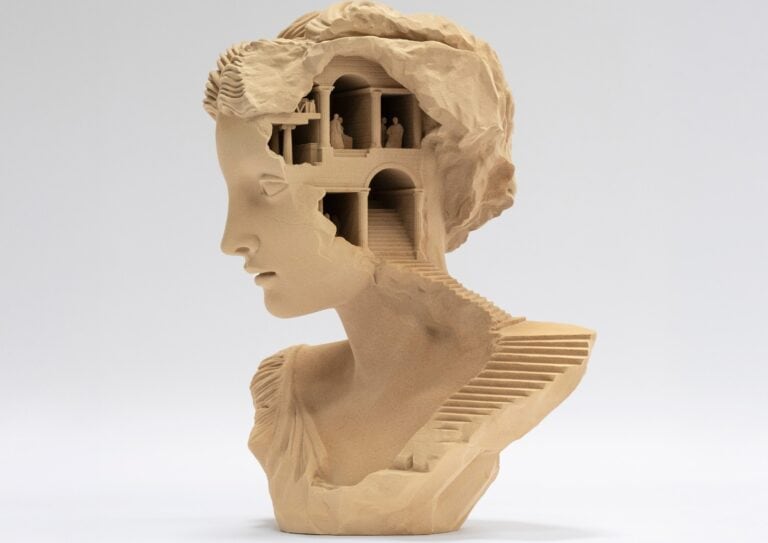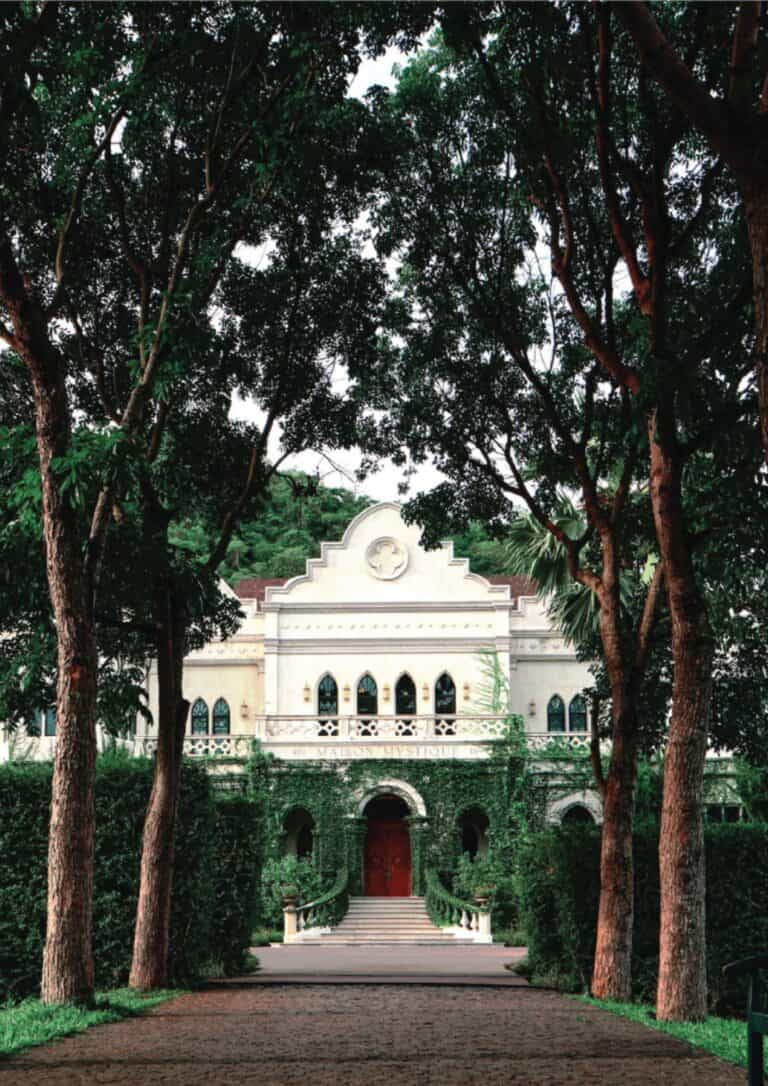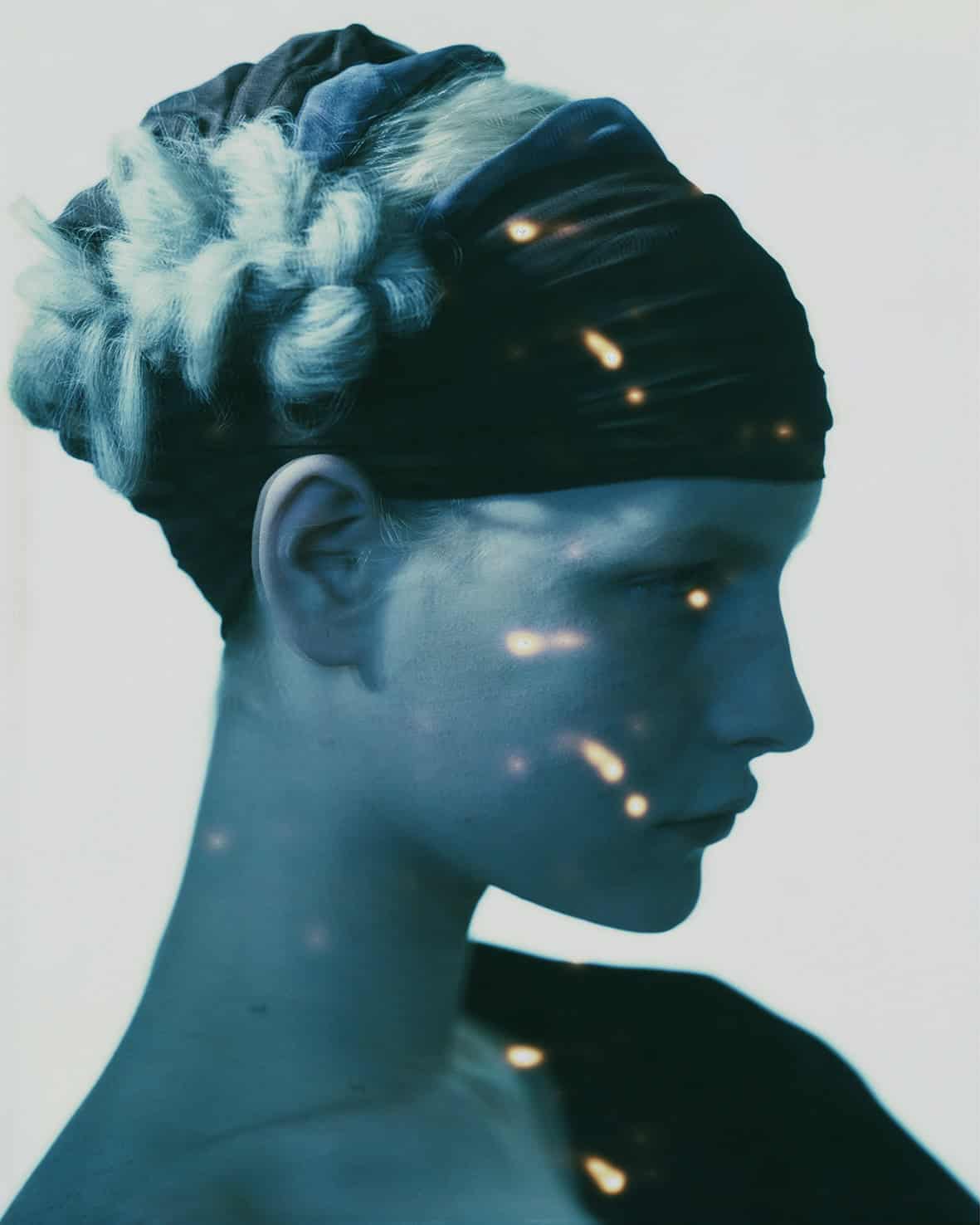
PAOLO ROVERSI
Patrick Michael Hughes
Retrospective at Pace Gallery During New York Fashion Week
Paolo Roversi occupies that rare position in fashion photography where past and future converge. He never declared himself a fashion photographer, yet his work has become one of the medium’s most persistent signatures. His color, his light, his intimacy, these are not merely style. But a visual language that spans nearly half a century. The young man who left Ravenna for Paris in the early 1970s did so almost by accident. More than four decades later, his images continue to unsettle conventions precisely because they resist formula.
Paolo Roversi’s first solo with Pace Gallery
On September 12, Pace Gallery will open a focused retrospective titled Along the Way at its 25th Street space in New York. Coinciding with Fashion Week and extending through late October. The exhibition, Paolo Roversi’s first solo with Pace since 2019. Will present works made between the early 1990s and today, charting Roversi’s collaborations with designers and stylists across 35 years. It is less a chronology than a meditation on what it means to translate fashion into memory.

“Photography is all five senses,” Paolo Roversi has said. “You might hear music when you look at a photo or feel the wind. It’s a window to the imagination.” The remark recalls his beginnings, not in fashion but in journalism. When in 1972 he filed images for the Associated Press of Ezra Pound’s burial in Venice. Paris followed, along with introductions to fashion publication and the visual world of Helmut Newton, Guy Bourdin, Richard Avedon, and Irving Penn. Out of that education, Roversi shaped a practice that absorbed influence without imitation.
The history of photography has often been linked to verisimilitude, a promise of likeness and record. Roversi inverted that premise. Working with Polaroid film in his Paris studio since the 1980s. He developed a portraiture that is less document than apparition, part memory, part invention. His Kristen as Juillet, London Studio, 17 Brook Street, 1988, carries echoes of Renaissance chiaroscuro. Recalling the cool reserve of Cecilia Gallerani in Leonardo’s Lady with the Ermine(1489–90). The gesture is not quotation but lineage. The painterly tradition folded into and transported forward in the language of fashion photography.
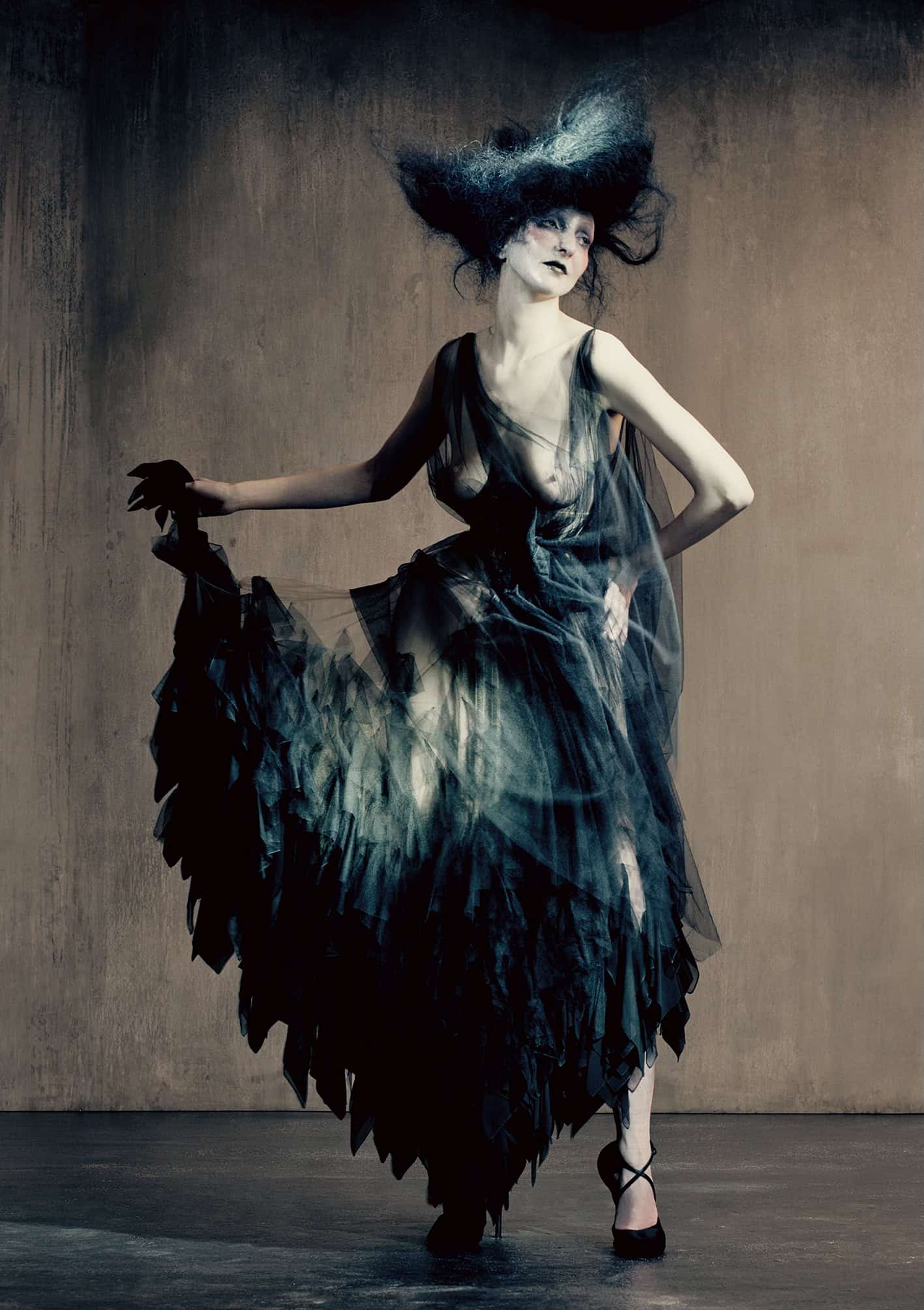
Roversi “paints” with light
Paolo Roversi “paints” with light, exposing the plate for several seconds so that movement blurs into presence. Light and color are applied almost like pigments, filtered through gels. Bent through duration, producing effects that are at once spectral and sculptural. A hand shifting in time, a dress lifting with air becomes the articulation of his craft. The construction of atmosphere, an ocular window to a soul where fashion can linger.
Maison Margiela
In his 2024 collaboration with John Galliano for Maison Margiela’s Artisanal collection. The chromogenic images drew from the society portraiture of Giovanni Boldini, whose women were animated by an agitation of brushwork. Paolo Roversi transposed that vitality into the photographic register; garments and bodies vibrate with an energy across light and dark. His portraits of women, whether models or celebrities, occupy this space of history and invention. The exhibition’s premier image, Charles, Paris, 2005. Nods toward the calculated self-fashioning of Virginia Oldoini, Countess of Castiglione. The 19th-century Italian demimonde aristocrat who understood portraiture as both social theater and private myth.
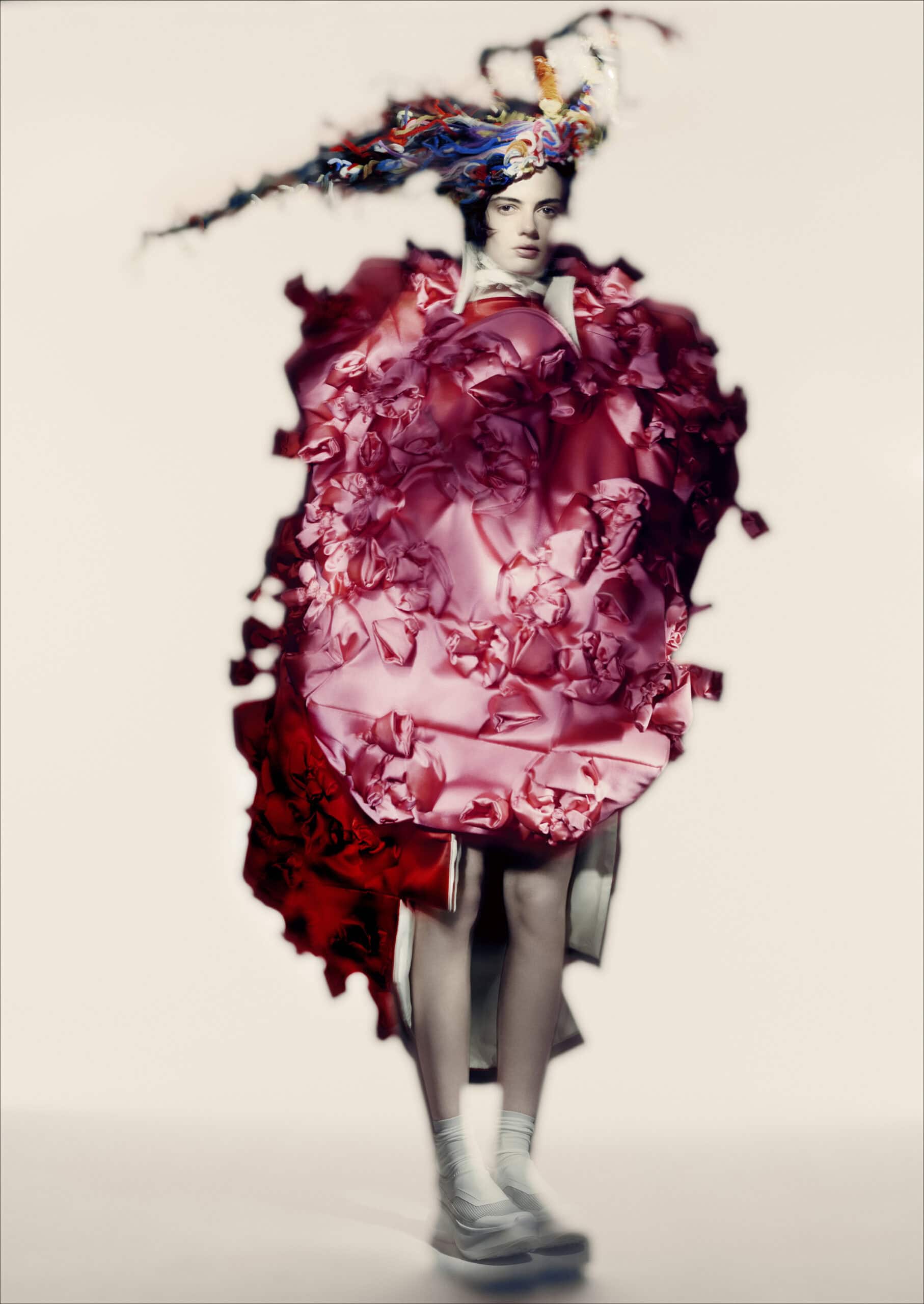
Paolo Roversi’s influences are as much documentary as painterly. He has cited August Sander, Robert Frank and Diane Arbus as touchstones. Yet his sensibility is also grounded in Ravenna, in the Byzantine mosaics and layered histories of his birthplace. That visual inheritance, the shimmer of tesserae, the collapse of time between sacred and profane, remains latent in his photographs.
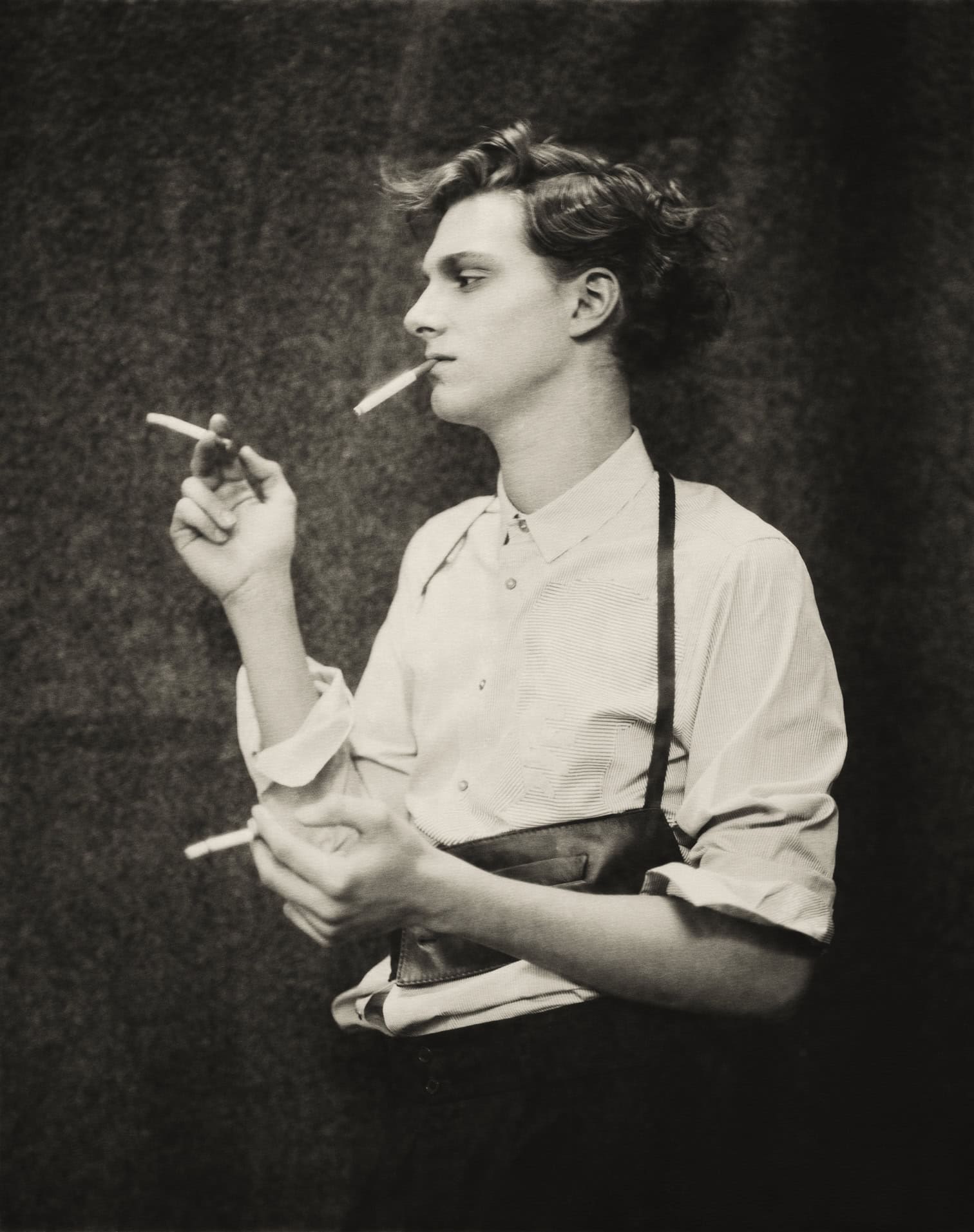
For Roversi, fashion photography is never a solitary endeavor. It is, as he describes, a collective act, shared between model, stylist, designer, hairdresser, and makeup artist. The task is not to dominate but to hold the collaboration together, to bring it into coherence. “It’s a question of keeping it together, analyzing it, and arriving at a picture that satisfies us all. That holds the dream we share.”

Share this post
Patrick Michael Hughes is a fashion and decorative arts historian. He writes about fashion culture past and present making connections to New York, London and Copenhagen's fashion weeks with an eye toward men's fashion. He joined IRK Magazine as a fashion men's editor during winter of 2017.
He is often cited as a historical source for numerous pieces appearing in the Wall Street Journal, The New York Times, CNN, LVMH, Conde Nast, Highsnobiety and others. His fashion career includes years as a fashion reporter/producer of branded content for the New York local news in the hyper digital sector. Patrick's love of travel and terrain enabled him to becoming an experienced cross-country equestrian intensively riding in a number of locations in South America Scandinavia,The United Kingdom and Germany. However, he is not currently riding, but rather speaking internationally to designers, product development teams, marketing teams and ascending designers in the US, Europe and China.
Following his BA in the History of Art from Manhattanville College in Purchase, New York he later completed graduate studios in exhibition design in New York. it was with the nudge and a conversation in regard to a design assignment interviewing Richard Martin curator of the Costume Institute at the Metropolitan Museum of Art he was encouraged to consider shifting his focus to the decorative arts with a concentration in fashion history and curation.
Patrick completed graduate studies 17th and 18th century French Royal interiors and decoration and 18th century French fashion culture at Musée Les Arts Decoratifs-Musée de Louvre in Paris. Upon his return to New York along with other classes and independent studies in American fashion he earned his MA in the History of Decorative Arts and Design from the Parsons/Cooper Hewitt Design Museum program in New York. His final specialist focus was in 19th century English fashion and interiors with distinction in 20th century American fashion history and design.
Currently, he is an Associate Teaching Professor at Parsons School of Design leading fashion history lecture-studios within the School of Art and Design History and Theory,
Read Next

